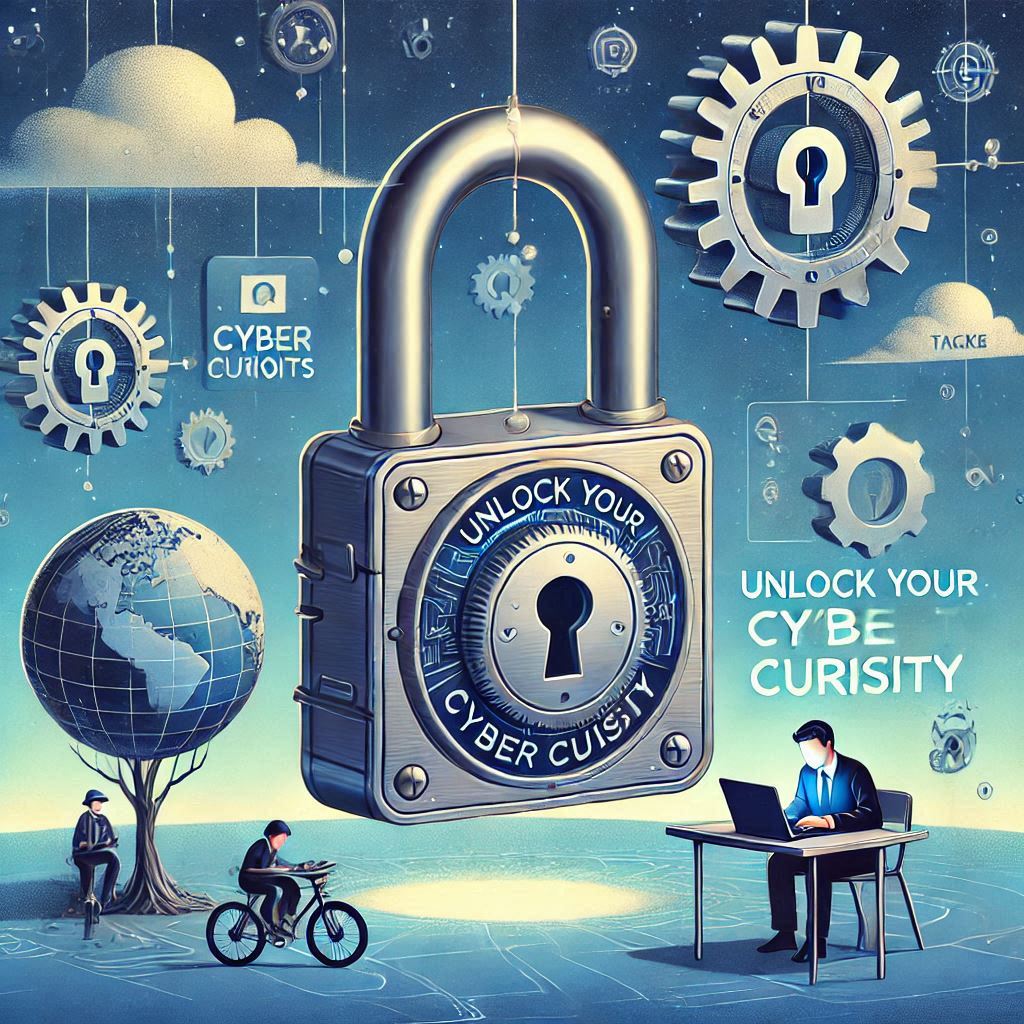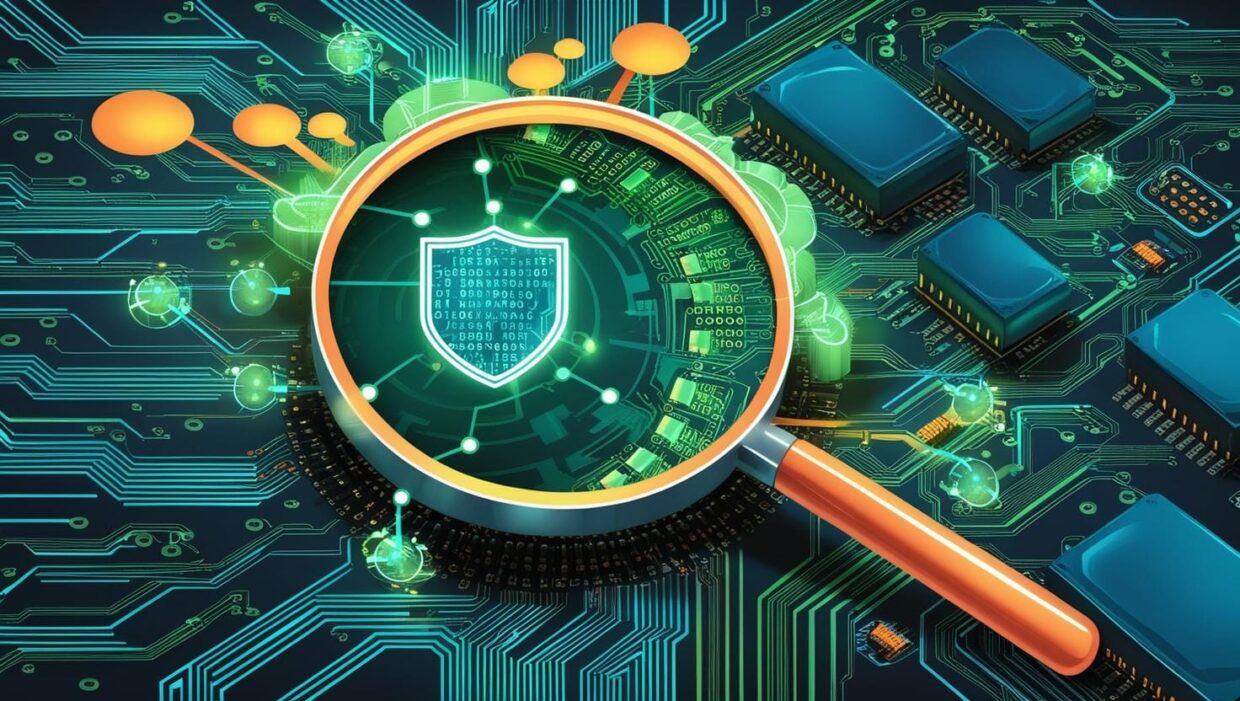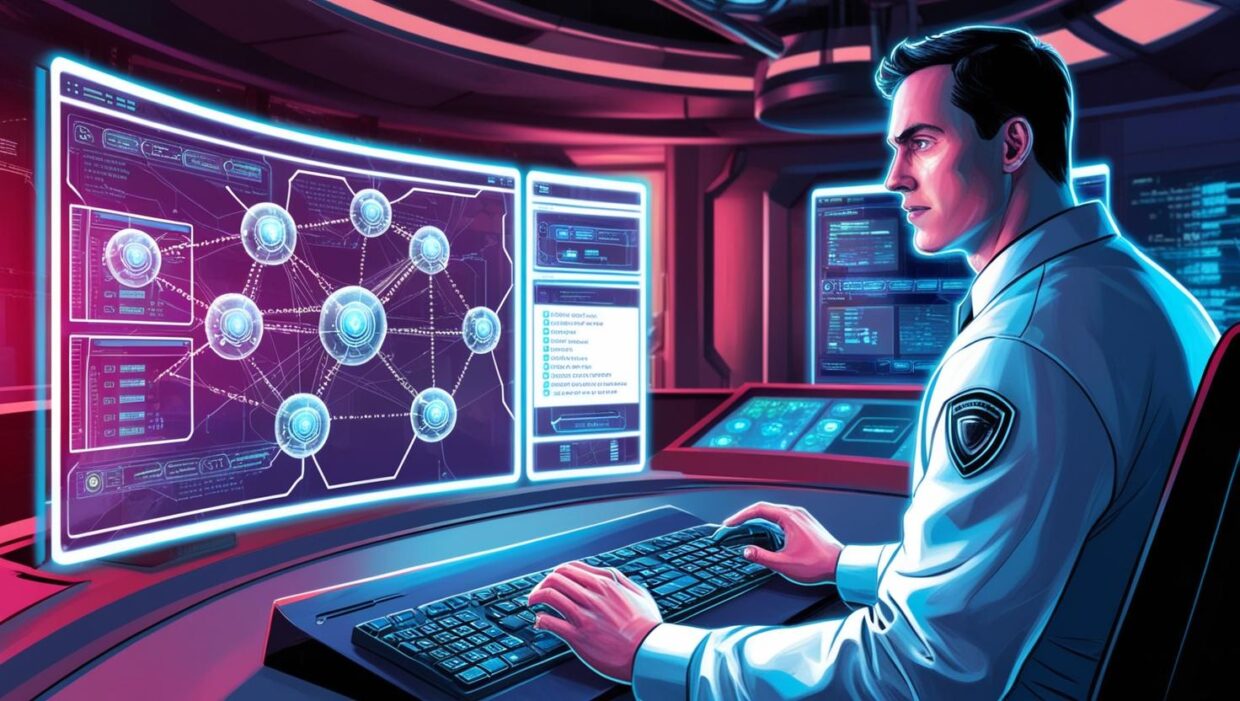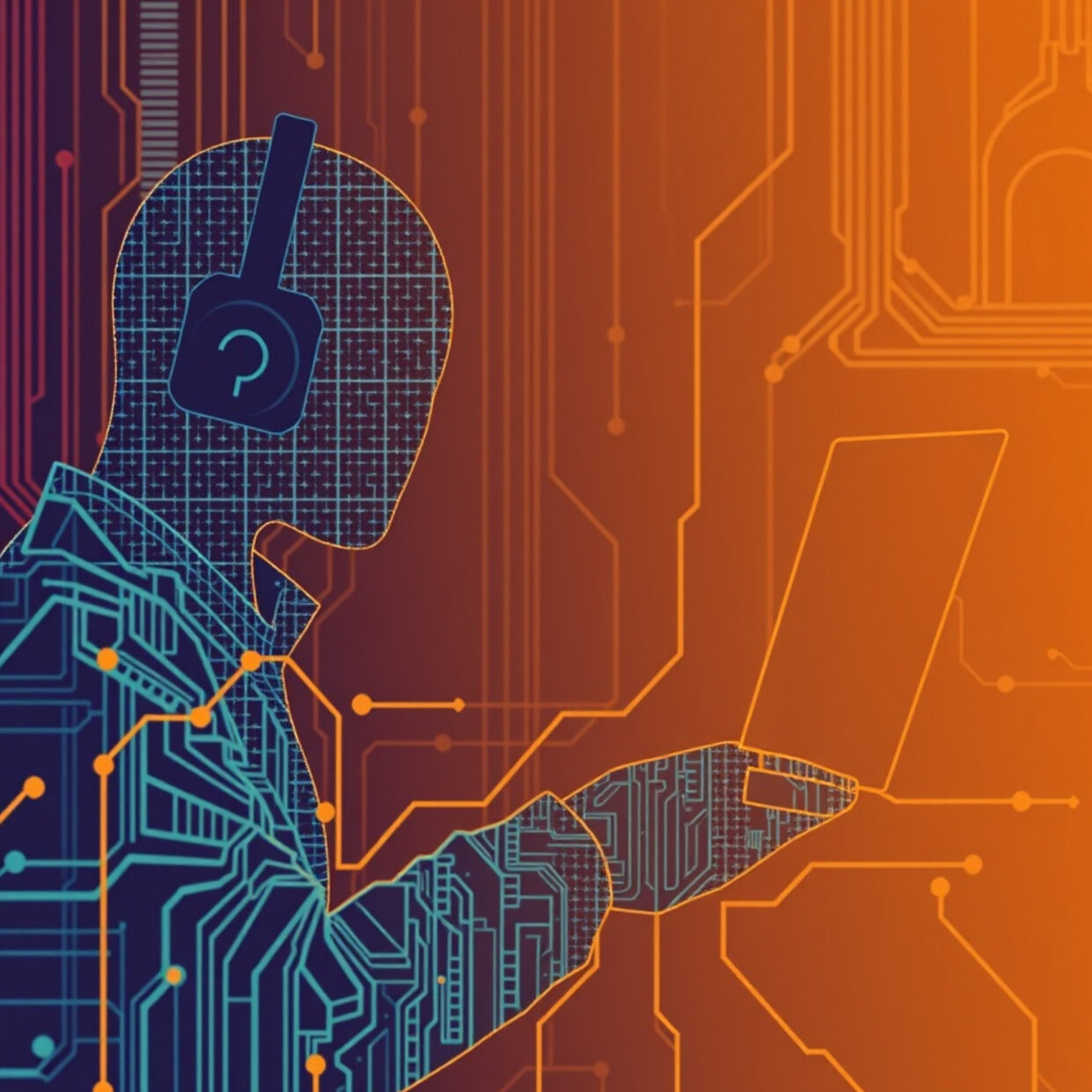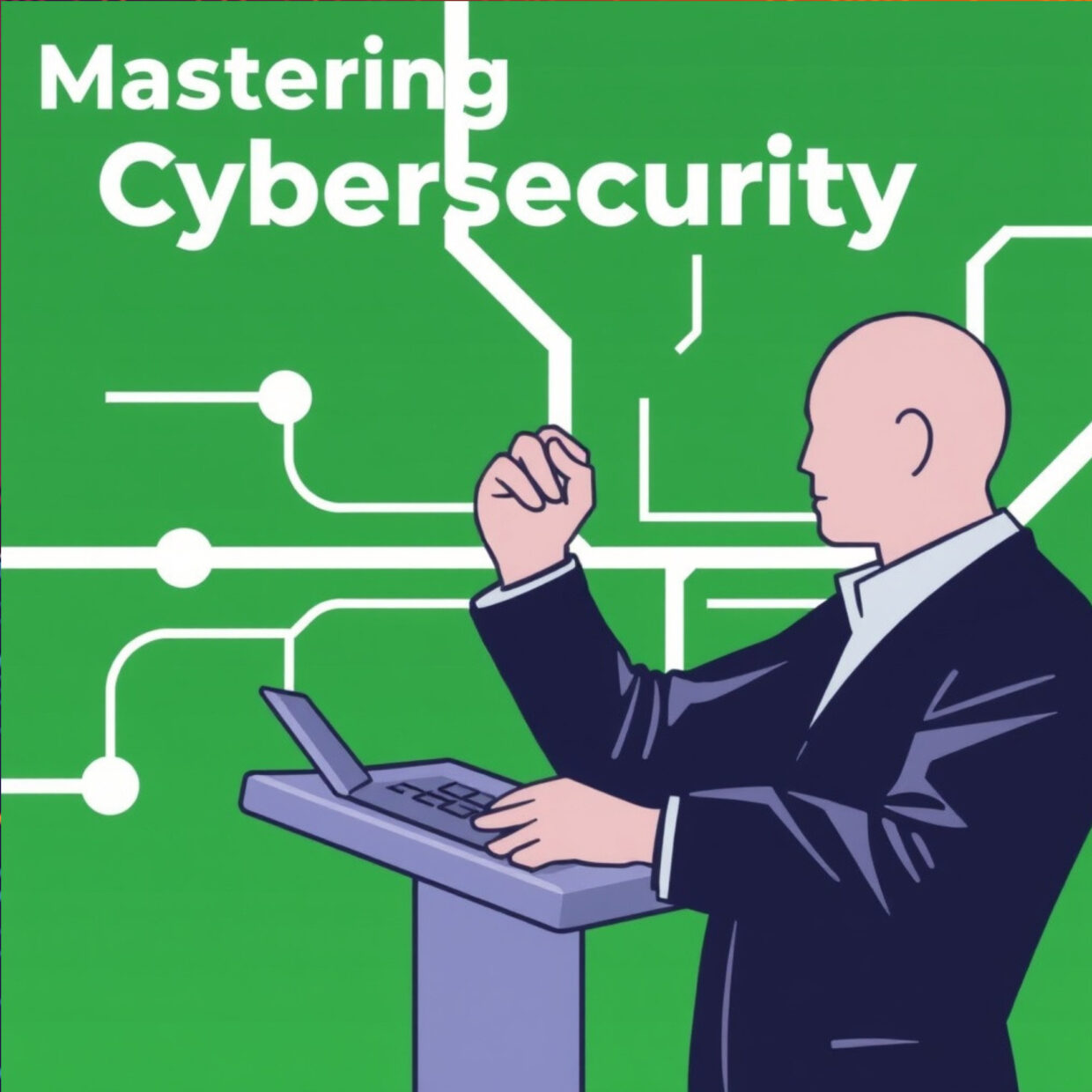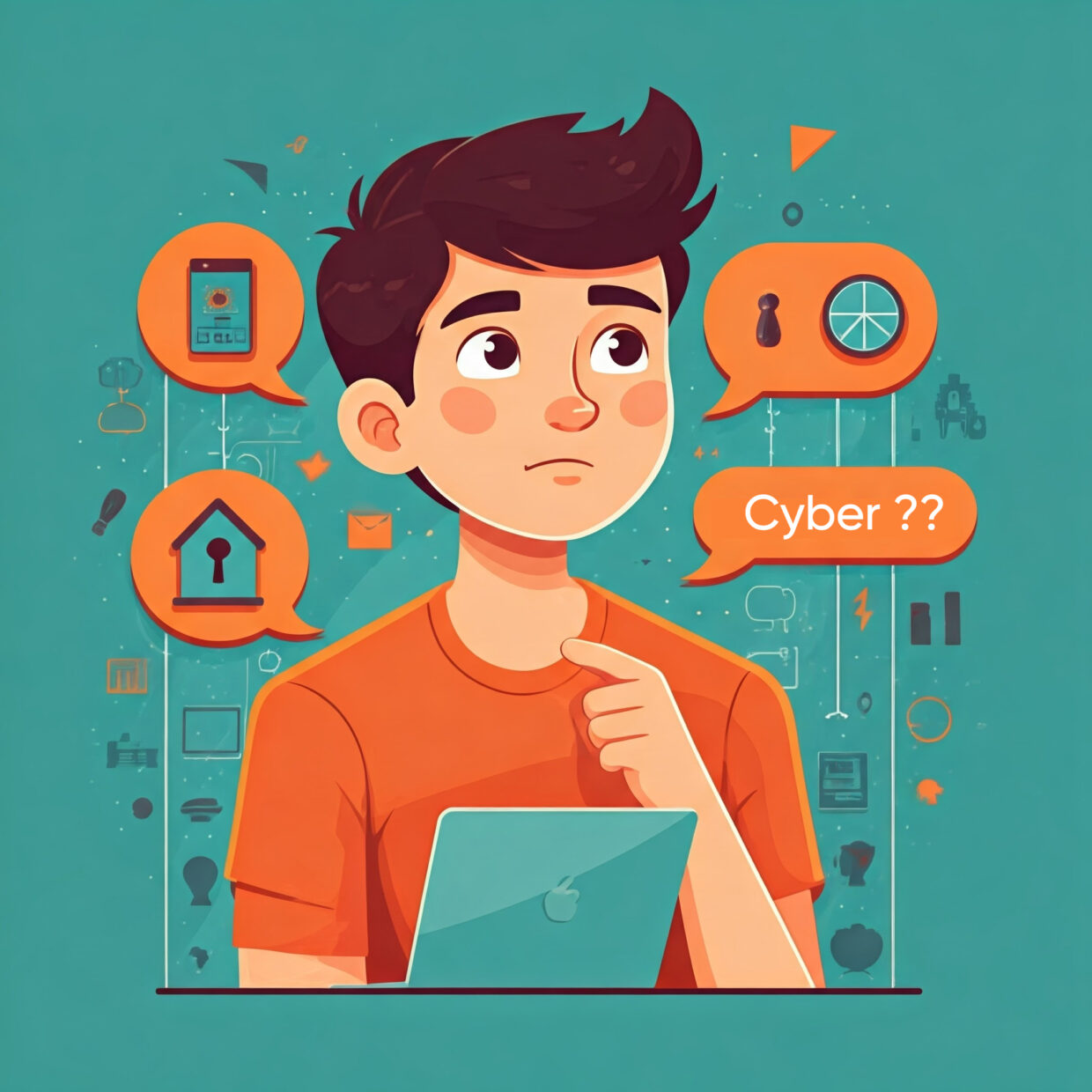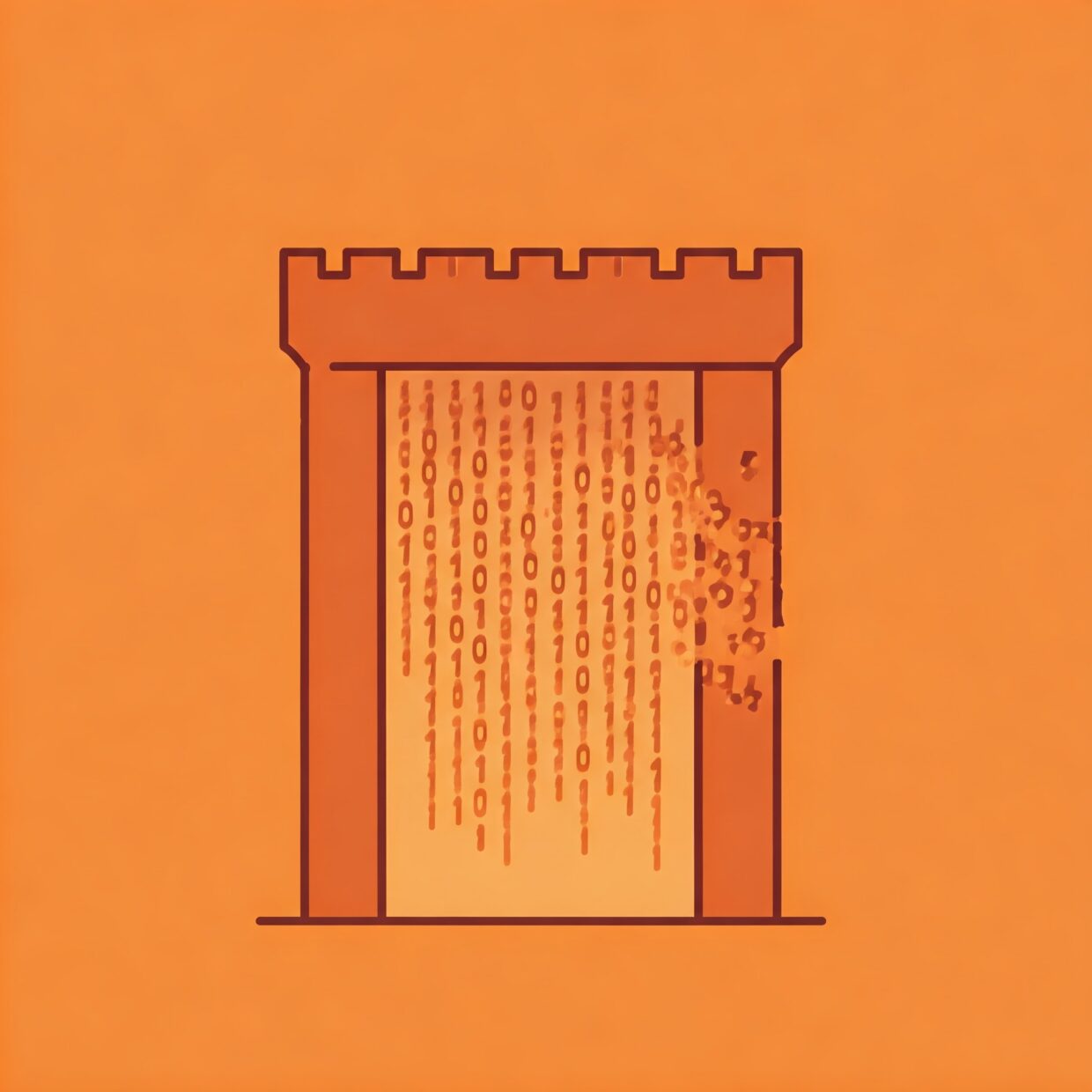The Role of Cyber Forensics in Solving Financial Frauds
Financial frauds, including online scams, phishing, and identity theft, are on the rise in India. With the increasing digitization of financial services, cybercriminals are finding new ways to exploit vulnerabilities. This is where cyber forensics plays a crucial role in investigating and solving these crimes. What is Cyber Forensics? Cyber forensics involves the collection, analysis, and preservation of digital evidence to investigate cybercrimes. It’s used to track down criminals, recover stolen funds, and prevent future frauds. Types of Financial Frauds in India Phishing Scams: Fraudsters trick victims into revealing sensitive information like passwords and bank details. Credit Card Fraud: Stolen credit card information is used to make unauthorized purchases. Ponzi Schemes: Fraudulent investment schemes promise high returns but collapse when new investors stop joining. Identity Theft: Criminals steal personal information to commit fraud or access financial accounts. How Cyber Forensics Helps Tracing […]

